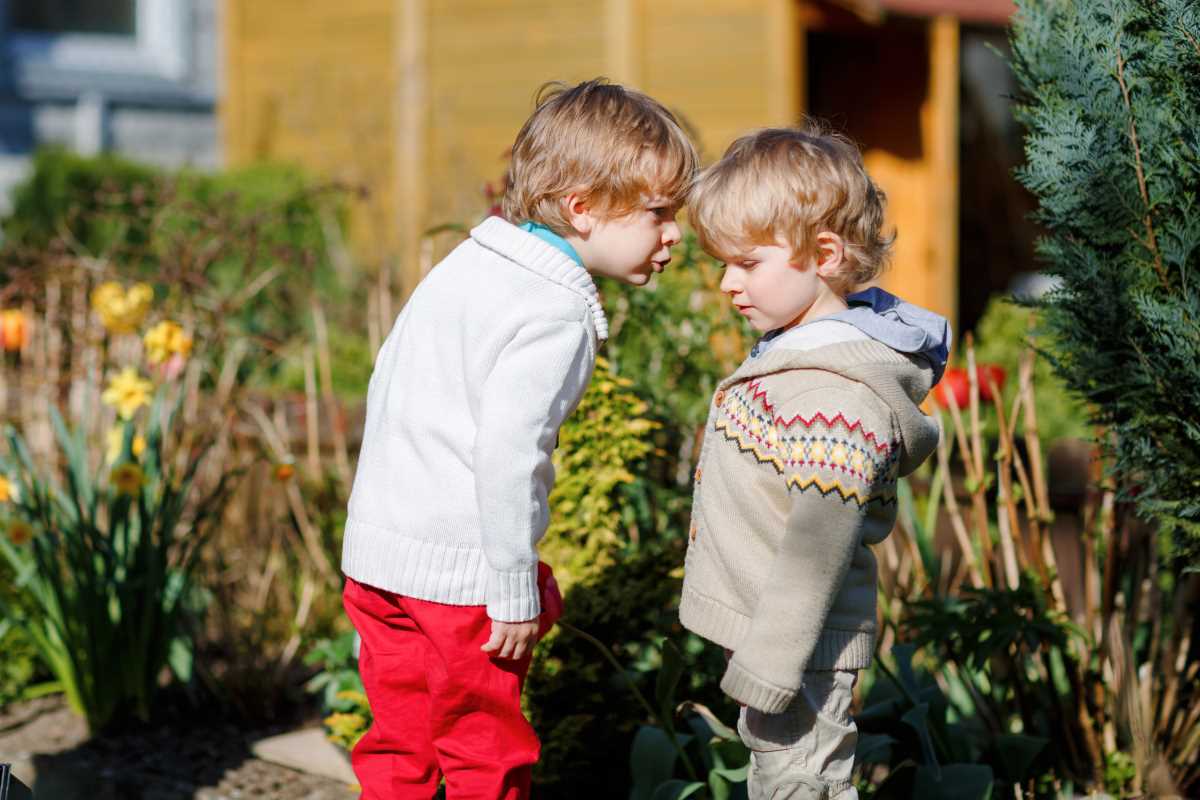Family gatherings are an opportunity to connect, create memories, and enjoy some lighthearted fun. But sometimes, breaking the ice with relatives you don’t see often or getting everyone engaged can be a challenge. That’s where icebreaker games come in! These activities are perfect for encouraging laughter, conversation, and bonding among family members of all ages.
Whether you’re hosting a holiday dinner, reunion, or casual get-together, these 10 fun icebreaker games are guaranteed to bring everyone together and make the event unforgettable.
1. Two Truths and a Lie
How to Play:
Each person takes a turn sharing three statements about themselves. Two of these statements are true, and one is a lie. The rest of the group has to guess which one is the lie.
Example:
- "I can juggle five balls at once."
- "I’ve been to every continent."
- "I’m scared of spiders."
Participants can ask follow-up questions to figure out the truth, making the game even more interactive.
Why It’s Great:
This game is a fantastic way to learn quirky or surprising things about each other. It’s simple, requires no setup, and works for any age group.
2. Guess the Baby Picture
How to Play:
Ask family members to bring a baby picture of themselves before the event. Collect the photos and place them on a board or table. Number each photo and hand out paper and pens so everyone can guess which picture belongs to whom.
Why It’s Great:
It’s hilarious to see how much (or how little) people have changed over the years. This game is also perfect for family reunions where you can showcase cherished memories.
3. Family Bingo
How to Play:
Create custom bingo cards with family-specific traits, such as “Has a dog,” “Can play an instrument,” or “Been skydiving.” People walk around asking each other if they match the traits and mark off squares when they find a match. The first person to get a bingo wins.
Why It’s Great:
This activity encourages mingling and gets everyone talking. Plus, it’s wonderfully customizable to fit your family’s unique quirks and experiences.
4. Charades
How to Play:
Write down various movies, TV shows, or other themes on slips of paper and place them in a bowl. Divide the group into teams. One person from the team picks a slip and acts out the word or phrase while the others try to guess within a time limit.
Why It’s Great:
Charades is a classic game that never gets old. It’s active, exciting, and guarantees lots of laughs as people creatively interpret clues.
5. The Name Game
How to Play:
Write the names of famous people, fictional characters, or even family members on sticky notes. Stick one note to each person’s forehead, and they have to figure out who they are by asking others yes-or-no questions (e.g., "Am I a movie character?").
Why It’s Great:
This game is excellent for breaking the ice because it encourages interaction and creative thinking. Plus, the fun of guessing keeps everyone engaged.
6. Would You Rather?
How to Play:
Go around the circle and present silly, thought-provoking, or tricky “Would you rather?” questions. For example, “Would you rather have the ability to fly or be invisible?” or “Would you rather eat only ice cream or pizza for the rest of your life?”
Why It’s Great:
It’s lighthearted and sparks fun debates. People of all ages can participate, and you can adapt the questions to suit your audience.
7. Family Feud
How to Play:
Before the gathering, prepare a list of survey questions (e.g., “Name a popular holiday dish” or “Name something people do on vacation”) with the top answers based on family or online polls. Split into teams and take turns guessing the answers, earning points for correct ones.
Why It’s Great:
This team-based game creates healthy competition and lots of laughter. People love guessing answers and debating the “right” ones.
8. Telephone Pictionary
How to Play:
Each person starts by writing a sentence on a piece of paper, like “A giraffe riding a bicycle.” They pass the paper to the next person, who draws the sentence, folds it to hide the original text, and passes it along. The next person writes what they think the drawing depicts. Repeat until it comes full circle, then reveal the hilarious results.
Why It’s Great:
This mix of drawing and interpreting leads to funny miscommunications and plenty of laughs. It’s especially great for both kids and adults.
9. Who Am I?
How to Play:
Each person secretly selects a family member or well-known person and writes their name on a card. Players take turns offering clues about "who they are" until someone guesses correctly. For example, “I’m known for my incredible cooking” or “I’m always singing show tunes.”
Why It’s Great:
It’s a straightforward guessing game that highlights family traits and dynamics while encouraging fun storytelling.
10. Scavenger Hunt
How to Play:
Create a list of items for a scavenger hunt around the house or outdoor space. Include items like “Something red,” “A photo from the last family reunion,” or “An object that makes you laugh.” Divide into teams to find the items within a set time.
Why It’s Great:
It’s an active and adventurous game that works wonders for breaking up long periods of sitting. Both kids and adults love a good treasure hunt!
 (Image via
(Image via





